By John Hart
Last December, I wrote a blog entitled “The Well-Balanced Musician” where I outlined 7 different skills that a musician should develop over time: sight-reading, chart-reading, transposition, embellishment, free improvisation, song-writing, and composition. Today, let’s discuss “transposition” on the keyboard.
Transposing involves playing the same piece of music in a different key. It is an important skill for musicians who are accompanying singers of any age. There are times when the key chosen by the composer is not the best match for a particular singer or group of singers. In those cases, the skilled accompanist should be able to play the song in a key that is slightly higher or lower.
The road to acquiring this skill starts with becoming very comfortable with chart-reading (as was discussed in my last blog). The easiest way to get started with this is to learn to chord simple songs that involves only primary chords. Each key has 7 different chords. Chords 1, 4, and 5 are what we call the primary chords. For example, in the key of C, the chords are: C, dm, em, F, G, am, and b diminished; but the primary chords are C, F, & G. After becoming very comfortable with C, F, and G, the pianist would then play the same chord sequence in the key of D (which is one whole step higher). The primary chords in the key of D are D, G, & A. So, to transpose a song from the key of C to the key of D, the pianist would play the chords D, G, & A instead of C, F & G. This, of course, would only be done if the song was written in a key that was too low for the majority of the singers in the group. Conversely, if the song was too high, the pianist would need to transpose down to the key of B or Bb. After becoming comfortable with transposing using primary chords, the pianist would gradually learn the other chords as well, and in time even learn to transpose the melody.
Parents: To prepare a young child for this, teach them the musical alphabet (A – G), forwards and backwards. This way when it comes to for transposition (especially to a lower key) they can more quickly identify the right chords. Next, introduce them to music with simple tunes primary chords written above the melody (your piano teacher can help with this). All they need to do now is learn how to play the chords to the song as they (are someone else) sings the song.
To learn more about John Hart please visit his Bio Page, and sign up for lessons with AWSOM by filling out our Enrollment Form.

